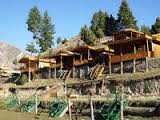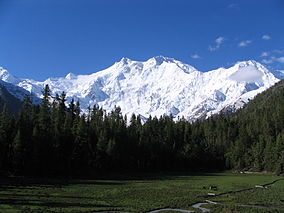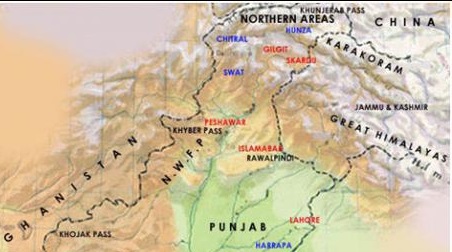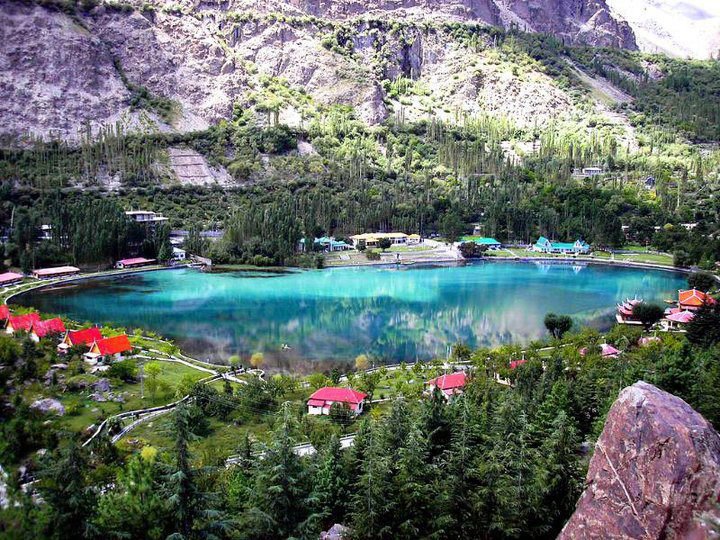Polo At The Peak

Passion for Polo will be the highest on the world’s highest Polo ground. Every year, Shandur (3,734 meters) invites visitors to experience a traditional polo tournament between the teams of Chitral and Gilgit from 7th to 9th July. The festival also includes folk music, folk dance, traditional sports and a camping village is be set up on the Pass.
Polo is an equestrian sport with its origin embedded in Central Asia dating back to 6th century BC. At first it was a training game for cavalry units for the King’s guards or other elite troops. To the warlike tribesmen who played polo with as many as 100 players to a side, it was a miniature battle. It became a Persian national game in the 6th century AD. From Persia, the game spread to Arabia, then to Tibet, China and Japan. In China, in the year 910, death of a favourite relative in a game prompted Emperor Apao-Chi to order beheading of all players!
Polo was introduced in South Asia, by the Muslim conquerors in the 13th century. English word ‘Polo” is in fact a Balti word meaning, “ball”. In ancient times, there was no limit to the number of players and no time limit. Whichever team scored nine goals first, became the winner. Today, there are six players to each side, but this is by no means a rule in local polo games. The game lasts for one hour with a ten-minute break.
Gilgit, Chitral and Skardu have always played the game of polo closest to its original form. In the past, local Rajas, Mirs and Mehtars were the patrons of the game. At times, more than 50% of the annual budget of their principalities was spent on supporting the game.






 10 o C
10 o C
